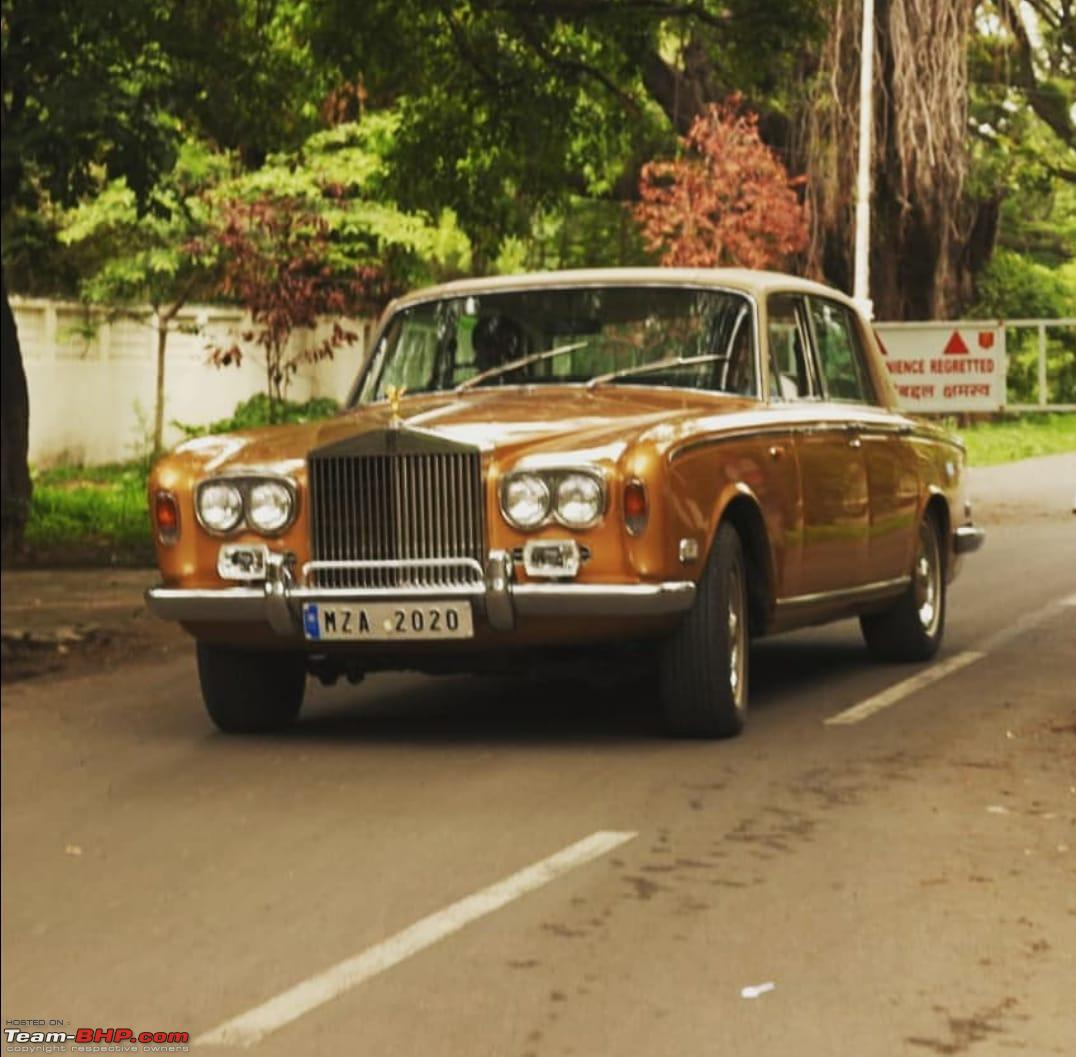The significance of time zones for you may just be confined to the inconvenience faced when you want to FaceTime your friend in the US and cannot narrow in on a convenient time that suits you both. Fair enough. Although, there does indeed exist a scientific reason for the need to have made multiple time zones throughout the world; 24 to be precise.
The rotation of the Earth through 15 degrees every hour, the very reason behind which time zones were created in the first place, was a previously unknown fact and thus, the journey of the establishment of time zones as a standardised and widely accepted concept, is quite an intriguing one.
In the 1800s, each town's citizens would set their clocks and pocket watches according to the official town clock or timekeeper and when they traveled to another town, they would simply change the time on their watch in accordance to the time being followed there.
With the significant development of railroads, people began travelling large distances in a short amount of time. Thus, arose the confusion; what was the time to be followed in a particular place, how widely would this particular time be followed, who would decide all this? The father of standardised time, Sir Sandford Fleming (1827–1915), a Canadian railway engineer, had the answers to all these questions. He developed the time zone system that we know of today back in 1878.
As with many new ideas, his solution was not immediately embraced. In fact, many countries to this day continue to set their times; one being China, which observes the same time throughout the country even though it spans more than 3 time zones. Other nations adopted systems that change time zones by smaller increments, usually 30 minutes; India being an appropriate example. For this reason, there are more than 24 time zones in the world today.
The international standard time system was adopted during The International Meridian Conference held in Washington DC in 1884 and was convened by Sir Sand-ford Fleming himself. The proposal put forth during the conference stated that the Prime Meridian for longitude and timekeeping should be one that passes through the centre of the transit instrument at the Greenwich Observatory in the United Kingdom (UK). This latitude would be at 0-degree longitude and would be regarded as the world’s time standard.
Today, while time zones are based on lines of longitude, some lines are drawn to avoid populated areas or to follow political borders. India's single time zone is a legacy of British rule and is thought of as a symbol of unity. However, critics believe that India, a country stretching 3,000km from east to west and spanning roughly 30 degrees longitude, be divided into two time zones. They argue that India should move to two different standard times to make the best use of daylight in eastern India, where the sun rises and sets much earlier than the west. People in the east need to start using their lights earlier in the day and hence, use more electricity, creating an unfair disadvantage.
Though the concept of time zones may come naturally to us today, the chaos that its absence may have reeked two centuries ago is unfathomable, especially considering today’s highly globalised world. Thus, appreciating the development of such a phenomenon may be seemingly strange at the surface level, does have considerable significance as it does, indeed, affect billions.
Written By- Saumya Seth
Edited By- Sravanthi Cheerladinne









0 Comments